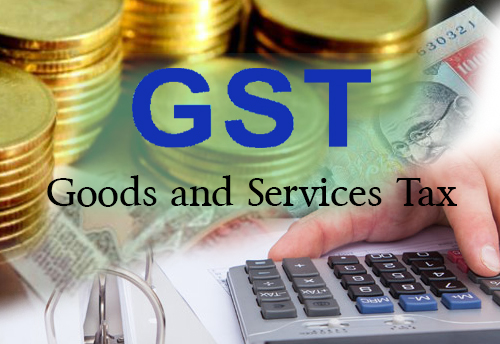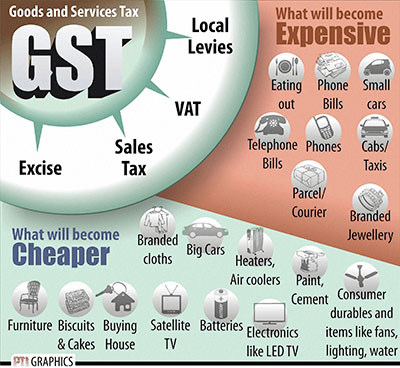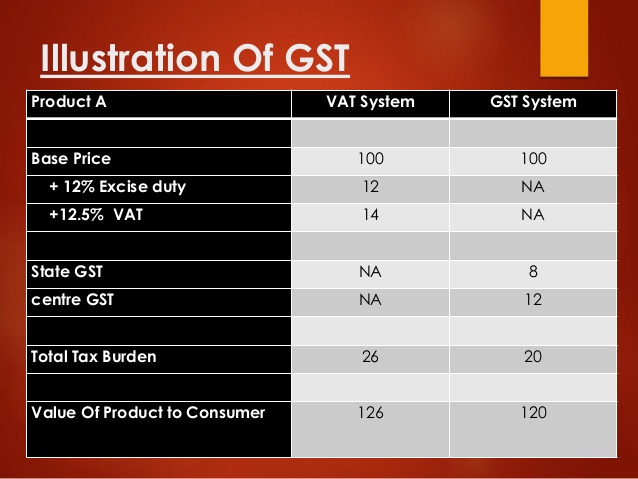
WHAT IS GST?
GST i.e.Goods and Service Tax is a unified tax that replaces several indirect taxesleviedby the Central Government and the State Government(s)....
Read more|
12 /2013-CE (NT) dt. 27/09/2013
Amendment in Cenvat Credit Rules, 2004
[TO BE PUBLISHED IN THE GAZETTE OF INDIA, Notification No. 12 /2013-CE (NT) New Delhi, the 27th September, 2013 G.S.R. (E).- In exercise of the powers conferred by section 37 of the Central Excise Act, 1944 (1 of 1944) and section 94 of the Finance Act, 1994 (32 of 1994), the Central Government hereby makes the following rules further to amend the CENVAT Credit Rules, 2004, namely:-
F. No. 267/42/2012-CX.8 (Vikas Kumar) Note.- The principal rules were published in the Gazette of India, Extraordinary, Part II, Section 3, Sub-section (i), dated the 10th September, 2004, vide Notification No. 23/2004 – Central Excise (N.T.) dated the 10thSeptember, 2004, vide number G.S.R. 600(E), dated the 10th September, 2004 and last amended vide Notification No. 3/2013-Central Excise (N.T.) dated the 1st March, 2013 published in the Gazette of India, Extraordinary, Part II, Section 3, Sub-section (i), vide number G.S.R. 150(E), dated the1st March, 2013. |

GST i.e.Goods and Service Tax is a unified tax that replaces several indirect taxesleviedby the Central Government and the State Government(s)....
Read more
In pre-GST regime, goodswere liable to: (i) Excise Duty- on manufacture of goods; (ii) VAT/CST- on sale of goods; (iii) Entry tax- on ...
Read more
GST is levied on every taxable person. Taxable person means a person who carries on any business at any place in India. Such . ..
Read more
GST is a unified tax which is levied on: (i) goods; (ii) services and (iii) a mix of goods and/or services. Any supply of goods or services . .. ...
Read moreGST India Solution is an effort of firm of professionals who welcome implementation of GST. This is an interactiveplatformthat aspires to disseminate right knowledge to professionals, practitioners and public at large. This platform has beenfloatedbya firm of Chartered Accountants relentlessly working in field of direct and indirect taxes since early 1985.
READ MORE
Our core competence is statutory compliance, advisory, corporate tax planning and appellate matters of direct and indirect taxesandcorporate training sessions on GST.
The senior partner of the firm has to his credit several professional publications viz., Delhi Sales Tax Right to Use Goods Act, Delhi VAT, Maharashtra VAT, West Bengal VAT, Haryana VAT published by Taxmann. Madhya Pradesh VAT and Chhattisgarh VAT were published by Suvidha Law House, Bhopal. He has also addressed seminars on indirect taxes organized by professional bodies like ICAI, IMA, NIFM etc. and has also contributed articles on subjects of pro. . . . .